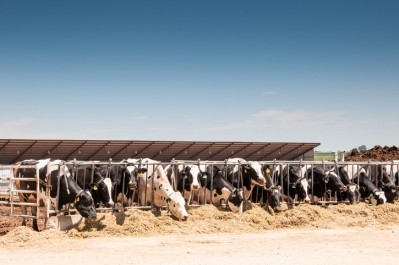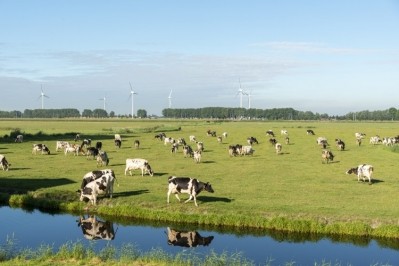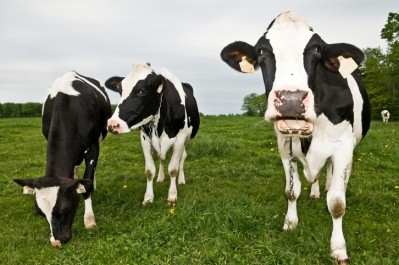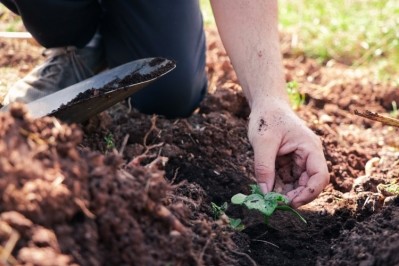How can slurry and silage management improve milk yield, reduce on-farm emissions?
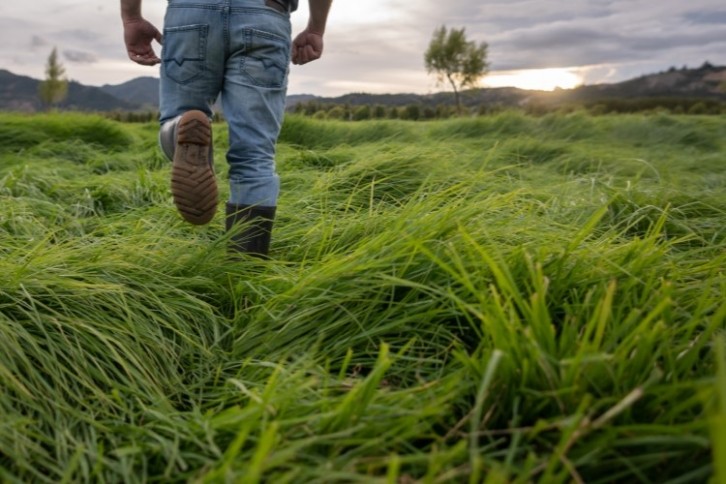
As spring is nearing in the northern hemisphere, now is the right time for farmers to consider how their silage management could enable them to stretch feed and fertilizer supplies all while improving their farm’s environmental footprint and milk production. Could something as simple as cutting grass earlier have so many benefits?
According to Lorna MacPherson, a consultant at SAC Consulting which is part of Scotland’s Rural College (SRUC), timely silage management can go a long way to improving profit and reducing the environmental impact of dairy farming.
MacPherson says that with feed costs still elevated, “it makes sense to maximize the potential of homegrown forage which is the cheapest and often largest part of the ration”. “This is a good time of year to decide how you will manage your silage,” she explained. “If by making some small, considered changes, you can reduce bought-in concentrates and fertiliser but produce the same or more milk through higher quality silage, you offset both costs and related emissions.”
MacPherson, who is part of Farming for a Better Climate – an initiative SAC runs on behalf of the Scottish government that provides practical support to farmers to help them reduce their climate impact – says that there are several factors that influence silage quality.
Cutting grass earlier, for example, can improve digestibility and energy utilization. “Silage cut even a week earlier can improve the digestibility by 3.5% and increase the energy - an uplift of around 0.5MJ per kilo of dry matter can increase milk yield by 1L per cow per day, [if we assume] a 12kg dry matter intake from silage,” MacPherson explained.
She added that raising crude protein in silage from 13% to 14% can also save almost half a kilo of rapeseed meal, or around 72kg per cow across six months for the same level of milk output.
Soil management is also crucial to improving the yield of milk components. Farmers who have had their soil analysed to determine its nutrient levels would be better-equipped to know what fertilizer they need to use – but optimizing slurry management can also help here.
“By getting the slurry analyzed, you can adapt slurry applications appropriately and save unnecessary spend on buying in artificial inputs,” MacPherson said.
“For early cut silage, adding sulphur, which is not naturally available in the soil at this time of year, can boost yields by 10-15% as well as its nitrogen use efficiency which will improve the protein level.”
For dry cows in particular, not treating certain fields with slurry could be beneficial, as potassium levels can increase the risk for milk fever at calving when dry cows are fed a grass silage-based diet, the consultant said: “In addition, the grass can be left to mature, with stemmier silage being more suited to the lower energy requirements of dry cows.”
MacPherson said that while none of this would be new to grass-fed dairy farmers, thinking ahead could be good for the bottom end, with milk buyers tending to appreciate producers whose management decisions demonstrate an environmentally conscious approach.
“We’ve seen through the trials we’ve run that making changes to reduce the farm’s environmental impact usually positively correlates with improving financial gains for the business,” she said. “In the case of improving silage quality, this directly translates to economic benefits for farmers, as it enhances animal nutrition, reduces feed costs and increases productivity. In turn, increasing production efficiency by producing more milk from fewer and more targeted inputs will lead to less emissions per kilogram of milk output.”
